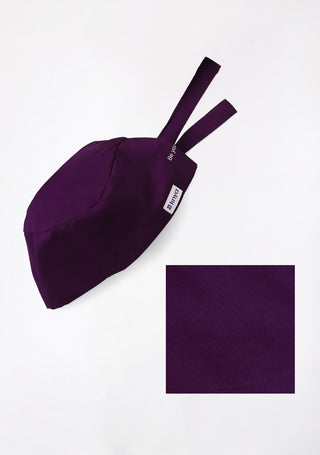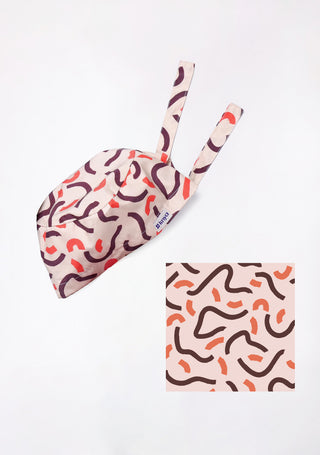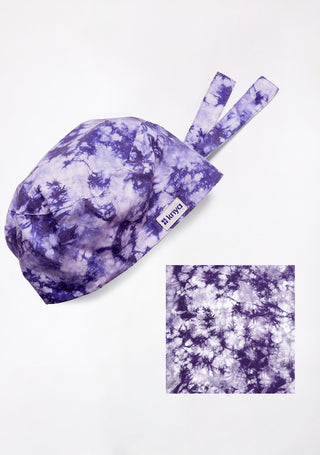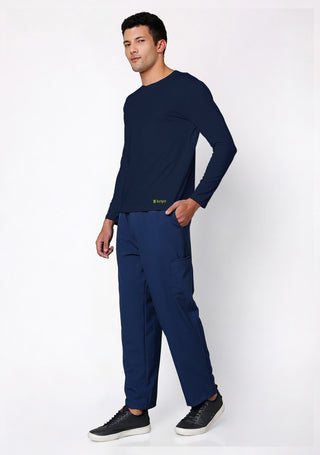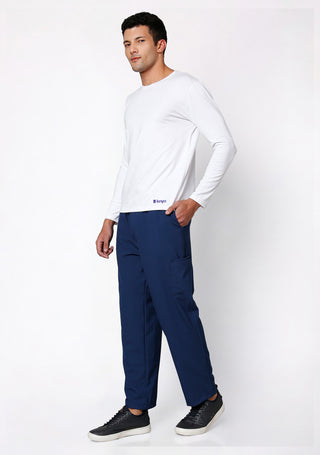In every hospital corridor, there’s a quiet visual language at play, one that tells you who’s who before a single word is spoken. The long white coat? Doctor. The neatly tucked-in scrub top? Technician. Though both work hand-in-hand to keep healthcare moving smoothly, their uniform needs and preferences differ more than you might think.
The Doctor’s Uniform: Function Meets Authority
For doctors, the white coat is more than just attire; it's an emblem of professionalism, knowledge, and patient trust. Beneath the coat, most doctors wear scrubs or semi-formal attire, depending on their department.Their clothing must balance authority with practicality. A doctor’s day involves clinical consultations, ward rounds, emergency calls, and even surgeries all requiring attire that adapts to diverse environments.That’s where modern scrubs like Ecoflex come in lightweight, wrinkle-resistant, and professional-looking, giving doctors the freedom to move while maintaining a polished presence.
Looking for breathable and durable scrubs for women? Knya has you covered
The Technician’s Uniform: Designed for Functionality
Technicians, whether in labs, radiology, or operating rooms, have a very different set of priorities. Their uniforms are built for protection, hygiene, and mobility.Unlike doctors, who may layer coats or switch attire between duties, technicians spend much of their time working hands-on with instruments, machinery, or chemicals. Hence, they need:
- Durable, antimicrobial scrubs
- Easy-to-clean fabrics resistant to stains and spills
- Comfortable fits for long hours of standing or repetitive work
Many technicians prefer darker colors to mask minor stains, along with short-sleeve designs that keep sleeves away from delicate instruments or samples. Their uniforms aren’t just about appearance, they're about safety and efficiency in high-precision environments.
Comfort: The Common Ground
Despite their different roles, doctors and technicians share one non-negotiable requirement: comfort.Healthcare is physically and mentally demanding. Long shifts, unpredictable hours, and constant movement demand fabrics that breathe and stretch. Whether it’s a doctor sprinting between wards or a technician monitoring machines for hours, comfort equals productivity.
For our male healthcare professionals, we offer a wide range of comfortable and stylish scrubs for men, designed to enhance both comfort and professional image
Style & Identity: Expressing Professionalism Differently
Doctors often express their identity through personalization, embroidered names, subtle color trims, or tailored fits. A slightly longer coat or minimalist design gives them a signature professional flair.Technicians, on the other hand, value uniformity and practicality. Their scrubs often align with departmental codes for easy identification blue for radiology, green for lab techs, etc.Still, modern healthcare fashion is blurring these lines. Many technicians now prefer fitted, jogger-style scrubs that combine professionalism with trend, while younger doctors are leaning toward sleeker, breathable options that prioritize movement and style.
The Hygiene & Maintenance Factor
Doctors and technicians both face exposure risks, but the level and type differ. Doctors who interact with patients need scrubs and coats that are easily washable and stain-resistant. Technicians, especially those in labs, require high-protection materials resistant to chemicals or biohazards.
Both should follow proper laundry best practices separate medical apparel, use disinfectant detergents, and avoid harsh bleach to extend fabric life. Hospitals increasingly recommend rotating multiple sets to maintain hygiene and avoid overuse.
Final Thoughts
Doctors and technicians may wear different uniforms, but both represent the same mission care, precision, and professionalism. While a doctor’s attire leans toward authority and trust, a technician’s focus is on safety and practicality.At the end of the day, the perfect uniform is one that allows both to perform at their best comfortable, hygienic, and reflective of their role in the healthcare ecosystem. Whether you wear a long white coat or a pair of navy scrubs, your uniform speaks before you do so make sure it tells the right story.

